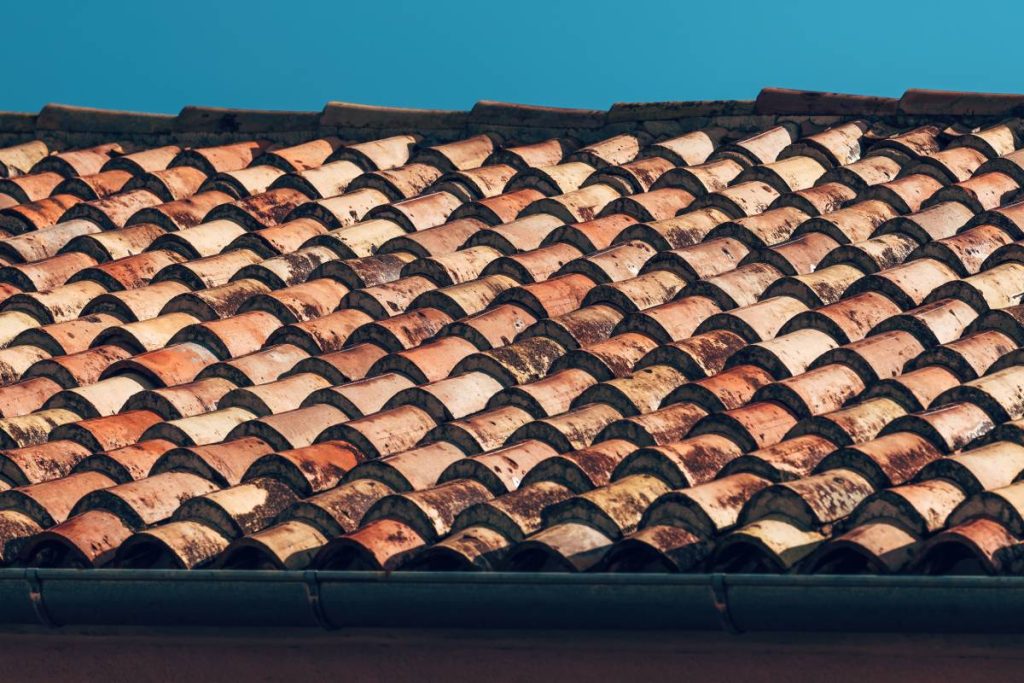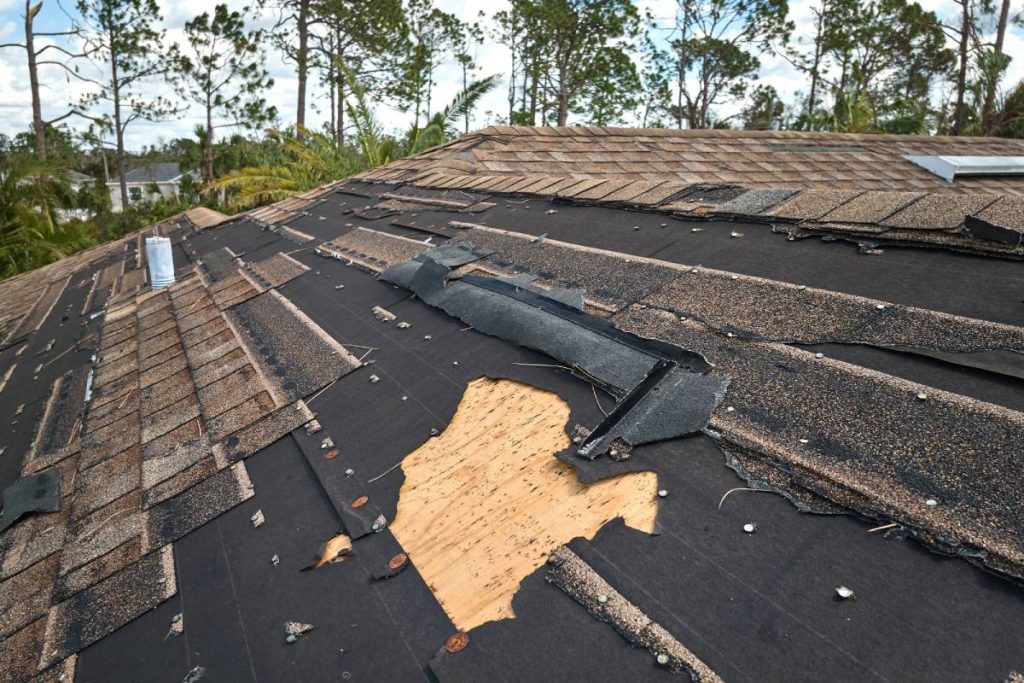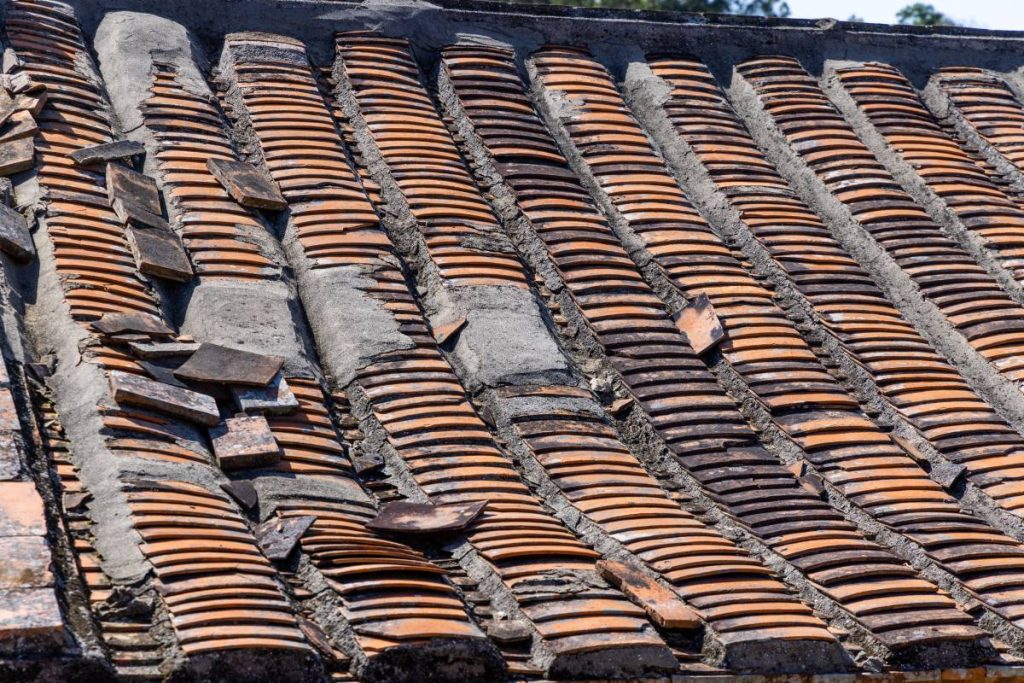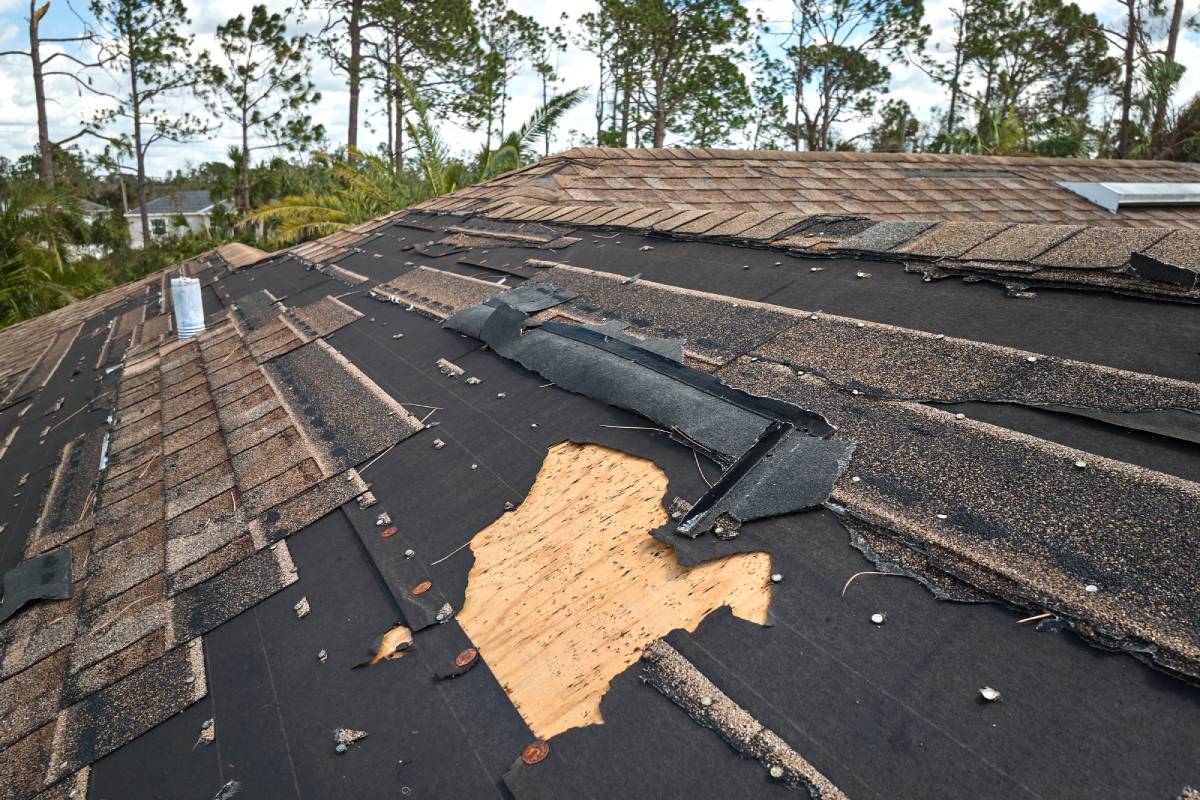Think of your roof like a trusty hat for your house—it keeps you dry and comfy, no matter the weather. But hey, even the best hats get frayed around the edges. It’s smart to keep an eye out for the tell-tale signs that your roof might need a little TLC or even a full makeover.
So, let’s dive into the nitty-gritty. We’ve got nine red flags that scream “new roof needed!” We’re talking about stuff like shingles taking a hike, leaks that make you reach for a bucket, and other hints that your roof’s seen better days. Spot these early, and you’ll dodge the big bucks and headaches down the road.
Ready for the rundown? Here are the nine signs that say it’s time to start a household project to spruce up your home’s top hat.
1. If your roof is approaching its 25th birthday
It’s time to give it some attention. Check your records to see when it was last replaced or repaired. Most asphalt shingle roofs last between 20 to 25 years, so if yours is within that range, it’s a good idea to start thinking about a replacement.
Keep in mind, if your shingles were installed over another layer, they might not last as long – around 20 years is more common in these cases. So, if you did a layer-over-layer installation, you might need to replace your roof sooner.
Stay ahead of any potential issues by being proactive about your roof’s age and condition. It’s better to plan for a replacement now than to deal with unexpected problems later.

2. If it’s time for your neighbours’, it’s time for yours too
If you’re hearing the clatter of roofing work echoing through your neighborhood, it might be a clue for you too. In neighbourhoods where homes were built around the same time and with similar materials, it’s common for roofs to age together. Builders often use materials bought in bulk, so roofs tend to wear out at similar rates.
So, if you notice several of your neighbours getting their roofs replaced, it could mean it’s time for you to consider it too. Your home may be in a similar boat in terms of age and wear. Keeping an eye on the neighbourhood’s maintenance trends can help you stay ahead of any potential issues with your own roof.
3. The shingles are gone
When you spot missing shingles on your roof, it’s a clear signal that something’s not right. It usually happens when the shingle weakens, and the glue holding it down starts to come loose. Then, even a modest breeze can snatch it away.
But don’t panic if you only see one or two missing. Sometimes it’s just a hiccup from when the roof was first installed. A simple fix can often set things right again, though the replacement shingle might not be an exact colour match. So, while missing shingles aren’t great, they’re usually fixable without too much fuss. Just keep an eye out and address any issues promptly to keep your roof in good shape.

4. When shingles start to cup, curl, or claw
It’s a sure sign your roof might be showing its age. Cupping and curling both involve the edges of the shingles peeling away from the layers beneath and bending upwards. Clawing, on the other hand, is when the centre of the shingle lifts while the edges stay stuck to the roof.
These issues aren’t just cosmetic – they can signal bigger problems. They might be caused by extreme temperatures, improper installation, poor ventilation, or simply the passage of time. Whatever the cause, it’s important to address these signs promptly to prevent further damage to your roof. Keep an eye out for these symptoms as your roof ages, and be ready to take action if you spot them.
5. There’s a grit in the gutter
If you notice grit accumulating in your gutters, it’s worth paying attention to. Asphalt shingles have these gritty granules on their surface, which shield them from the sun’s rays. It’s normal for a few granules to come loose, especially on a new roof.
However, if you’re seeing a lot of granules in your gutters each fall, it could be a red flag. Without these granules, your shingles are vulnerable to the sun’s intense heat, which can lead to warping, cupping, or overall deterioration.
So, while a bit of grit loss is expected, an excessive amount could indicate your roof is ageing faster than it should. Keep an eye on your gutters for this sign, and if you notice a significant increase in granules, it might be time to have your roof inspected.

6. There’s a crack anywhere on the roof
If you spot what seems like cracks on your roof, take a closer look – they might actually be tears. These tears occur due to repeated cycles of heating and cooling, causing the shingles to expand and contract. As the sun heats the roof, the shingles expand, and when it cools down, they contract. This ongoing movement can lead to tears forming on the surface of the shingles.
These tears aren’t just unsightly – they’re also a potential entry point for leaks and structural damage. So, even though they may look like harmless cracks from afar, it’s essential to address them promptly. Keep an eye out for any signs of damage on your roof, and consider having it inspected if you notice tears or other issues.
7. Found a piece of shingles
If you’re finding bits and pieces of shingles in your yard after windy days, it could be a sign that your roof is deteriorating. While it’s more common to see entire shingles blown off, smaller fragments scattered around are also a cause for concern.
These pieces might not seem like a big deal, but they indicate that your roof is shedding its protective layers. Over time, this can lead to bigger problems like leaks and water damage.
If you’re regularly finding shingle fragments in your yard after windstorms, it’s worth investigating further. Take a closer look at your roof or consider hiring a professional to inspect it for any signs of damage. Catching issues early can save you from more significant repairs down the line.

8. Your roof is sagging
If your roof is sagging, it’s a clear indication that something’s seriously wrong. This usually means there’s a structural issue beneath the surface, like severe water damage or a broken rafter. To fix it, a contractor will have to remove the shingles and plywood sheath underneath to address the root cause of the problem.
Ignoring a sagging roof can lead to more significant issues like leaks, mould, and even structural damage to your home. So, if you notice any sagging, it’s essential to act quickly and get a professional assessment to prevent further damage. Taking care of it promptly can save you from more extensive repairs in the future.
9. Water damage
Water damage inside your home is a clear signal that your roof isn’t doing its job properly anymore. It could be caused by various issues like ice dams, damaged shingles, worn-out flashing, or improper installation. No matter the cause, leaks won’t fix themselves, and it’s crucial to address them promptly.
Leaky roofs not only cause unsightly stains and damage to your ceilings and walls but can also create ideal conditions for mould growth. Additionally, they can attract pests like carpenter ants, further complicating the problem.
If you notice any signs of water damage inside your home, don’t ignore them. Instead, consider having your roof inspected by a professional to determine the extent of the damage and whether repairs or a replacement are necessary. Taking action early can prevent more significant problems and protect your home from further damage.
Final thought
The roof is crucial in safeguarding your home and its contents. Heeding the warning signs can help you preempt issues and guarantee that your roof remains a dependable cover. From fixing missing shingles to dealing with water damage or arranging routine checks, proactive roof maintenance is key to your home’s safety, comfort, and durability. So be vigilant and act swiftly to any signs of trouble to maintain your roof’s prime condition.

